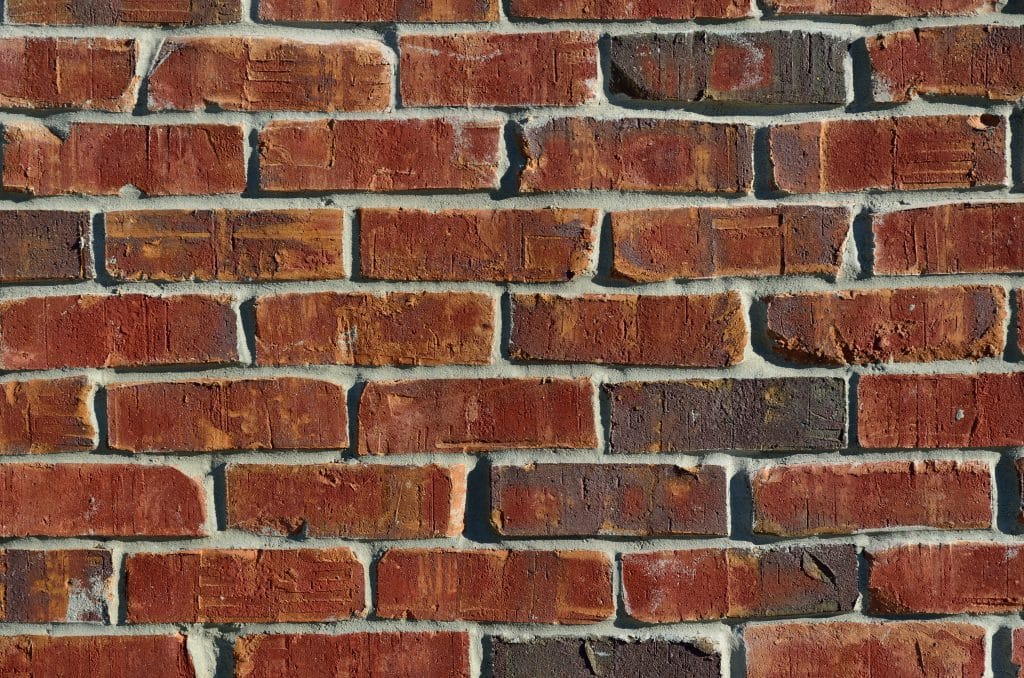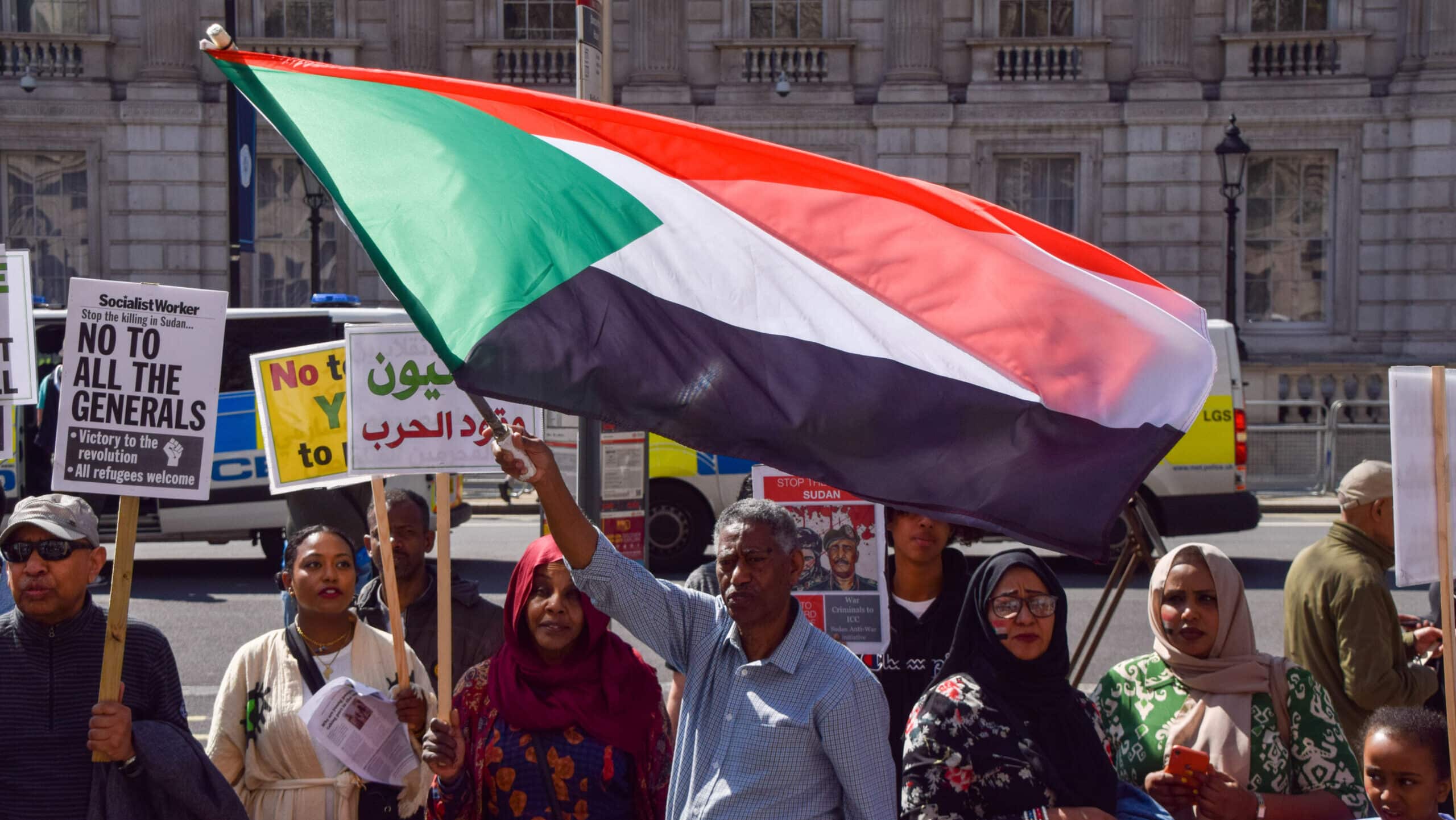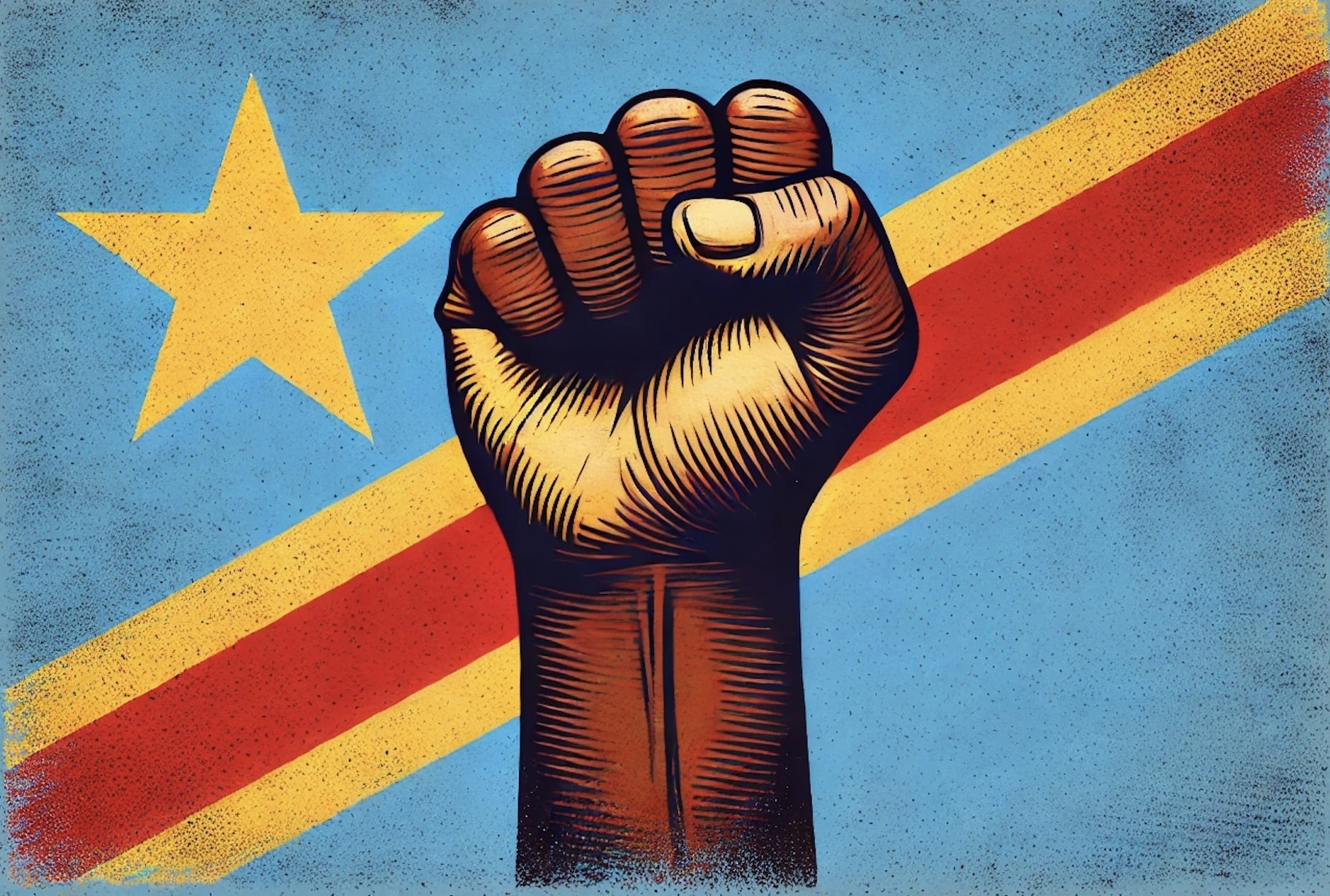Since 2009, the EU has been supporting developing countries in their fight against climate change through climate finance. Eleven years later, ACT Alliance EU takes stock in a critical report. Using seven diverse themes, the report shows that the EU is still sorely lacking in climate aid to developing countries. In this article, I want to focus on one of these themes, an issue that has been around for years and is now once again on the mind: the mounting debt burden of developing countries.
International solidarity
The world's 16% richest countries account for 38% of total greenhouse emissions. In contrast, the poorest countries are responsible for only 0.5% of the same greenhouse emissions. On top of this, it is the poorer countries that are most vulnerable to the effects of climate change caused. In 2009, the UN climate summit in Copenhagen therefore rightly decided that the consequences of growing emissions should largely be borne by the richer countries. The EU too took its responsibility and is now the global 'leader' in terms of climate aid to developing countries.
Loans instead of donations
Climate finance spending from the EU to developing countries seems to have been growing for years. A positive development, you might say. However, there is a catch: the number of loans from the European Investment Bank (EIB) increased between 2013 and 2018, while the number of grants from the European Development Fund (EDF) and the European Commission fell over the same period. Developing countries thus have to take out loans from European institutions to protect themselves from the effects of climate change, which is largely caused by countries from the same EU. Countries that take advantage of this logically have to repay the loans, but they are also obliged to pay high interest rates on top of the borrowed amount. In short: where climate support started as an initiative for international solidarity, the EU is now profiting (via interest rates) from supporting developing countries in their fight against climate change.
How is this possible?
These rather worrying constructions are possible because climate finance, as agreed within the UN, consists of grants, loans and investments. Each party that joins the UN Framework Convention on Climate Change (UNFCCC) can decide for itself what mix its climate finance consists of. It is clear that the EU chooses to have its climate finance largely consist of loans. This makes the EU appear to be a generous donor but fail to live up to that in practice. In its report, ACT Alliance EU therefore advocates separating loans and donations in EU reporting of its climate finance, so that we can distinguish actual support from a profit-driven investment.
'The bigger picture'
Development cooperation in the form of loans is a decades-old phenomenon. In the 1970s, the World Bank and IMF started lending in developing countries. This created a global debt crisis in the 1980s. This trend seems to be repeating itself now. The UN organisation UNCTAD stated that developing countries will have to repay USD 2,600 billion to their creditors in 2020 and 2021 alone. This causes developing countries to look at a wall of debt that prevents them from making the necessary investments in the actual development of their countries. Moreover, this wall gets higher and higher because of the interest rates piled on top of it.
Time for development cooperation
All this brings us to a more fundamental question: how do we want to shape development cooperation? We can continue providing loans which makes it harder for developing countries to get to what the loans are meant for: development. Or we can change tack and act as Act Alliance EU proposes on climate finance: see donations as donations. And loans as loans. Eleven years ago in Copenhagen, we created climate finance as "a real act of solidarity between the rich and the poor world". However, the EU's current climate finance policy is still far from being an act of solidarity. Fortunately, this may soon change provided we put genuine development cooperation back at the forefront.
By: Jurrian Veldhuizen
Photo: Flickr





